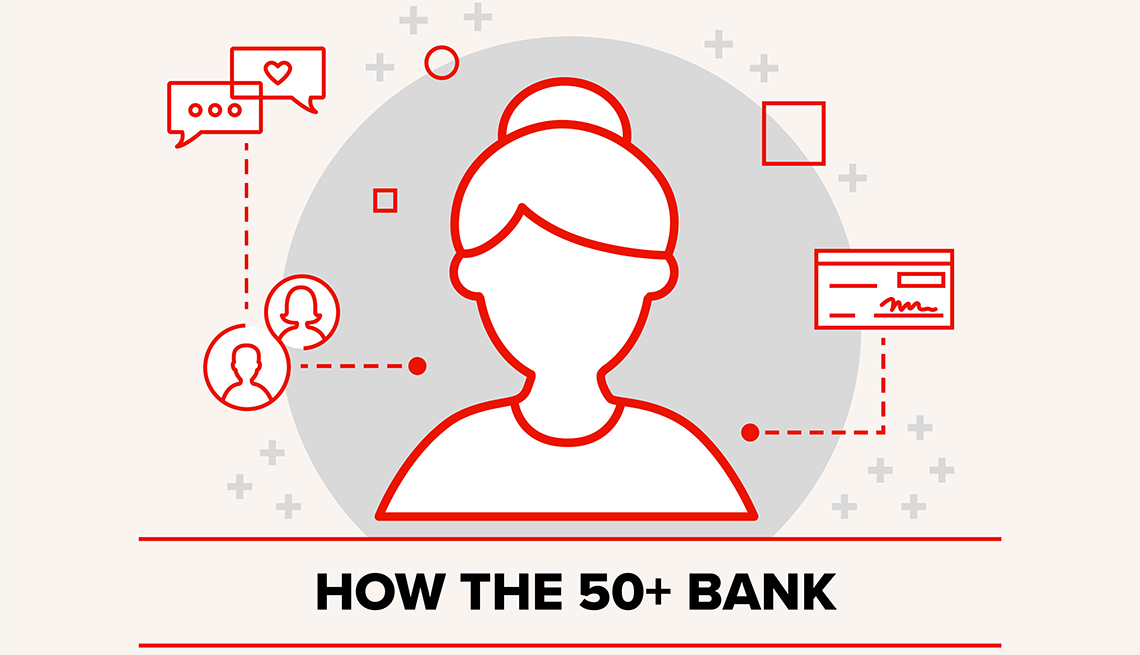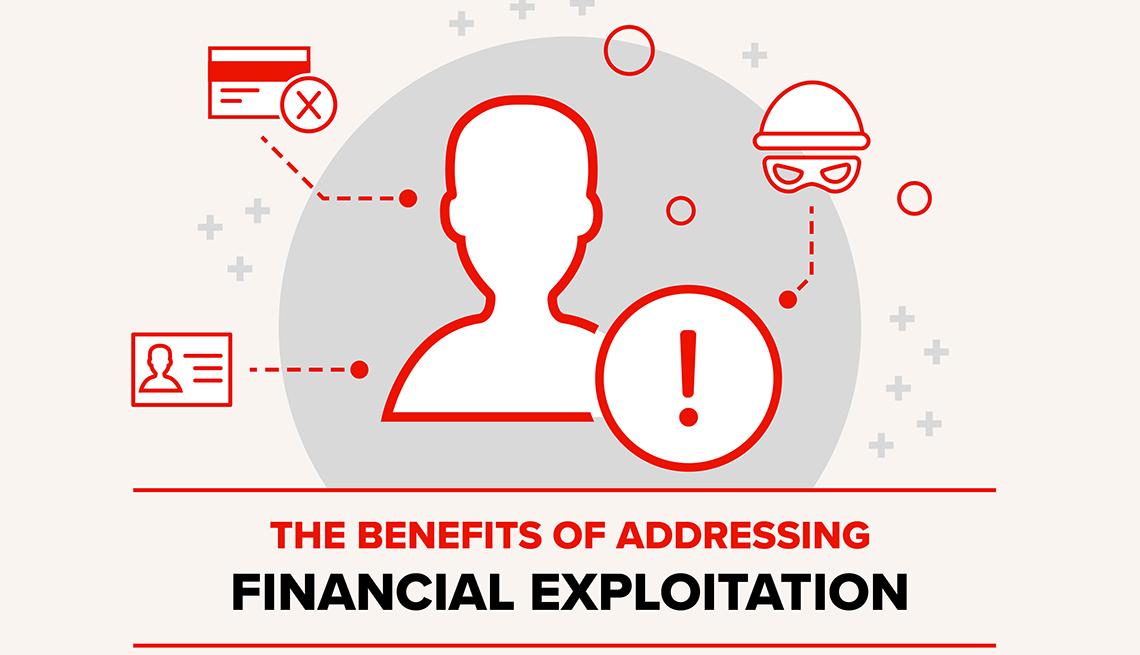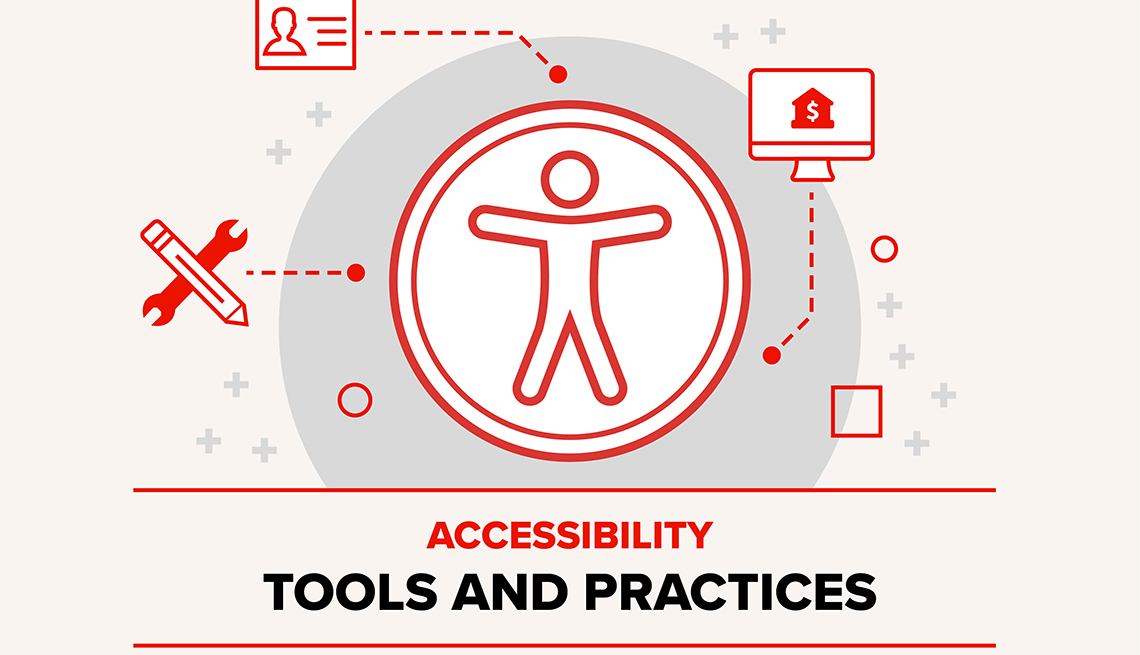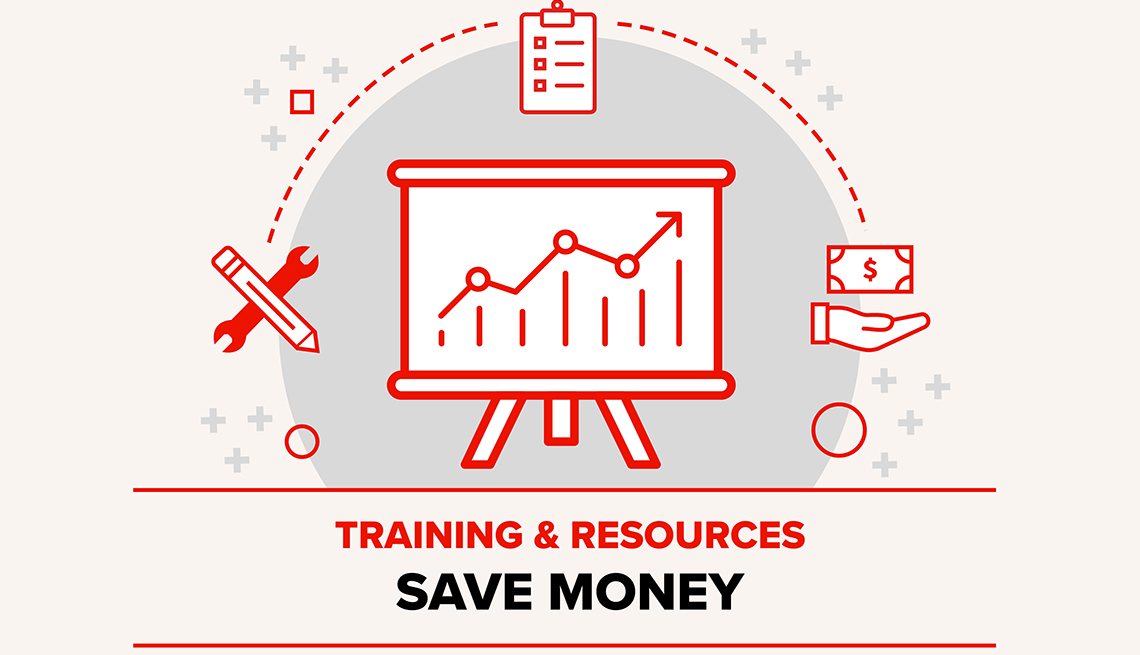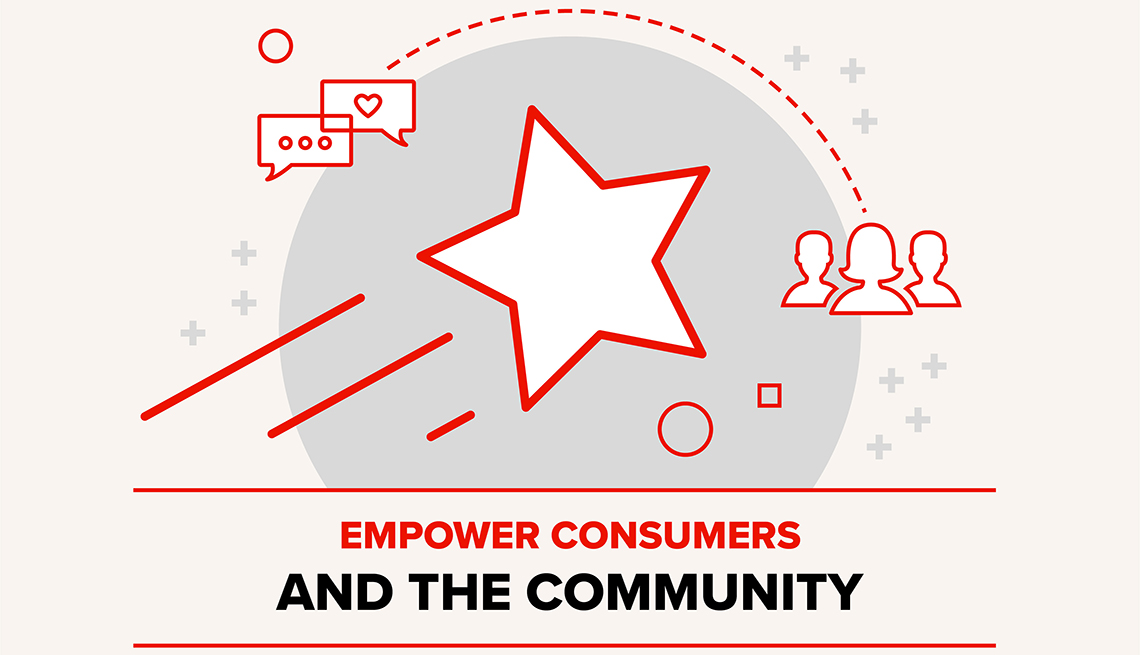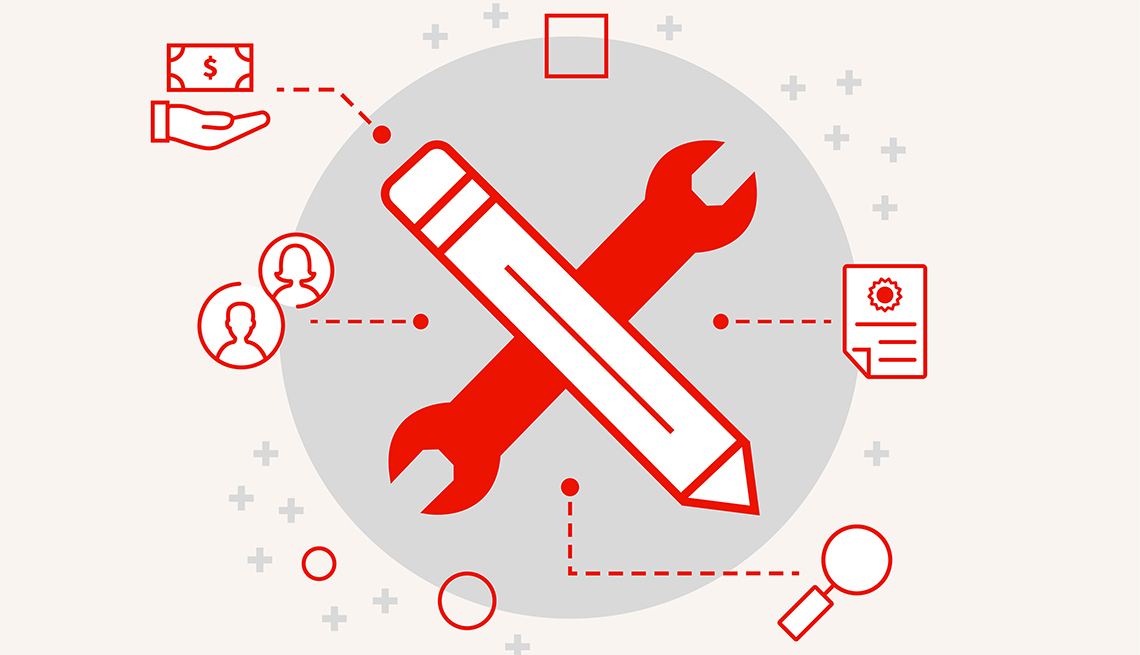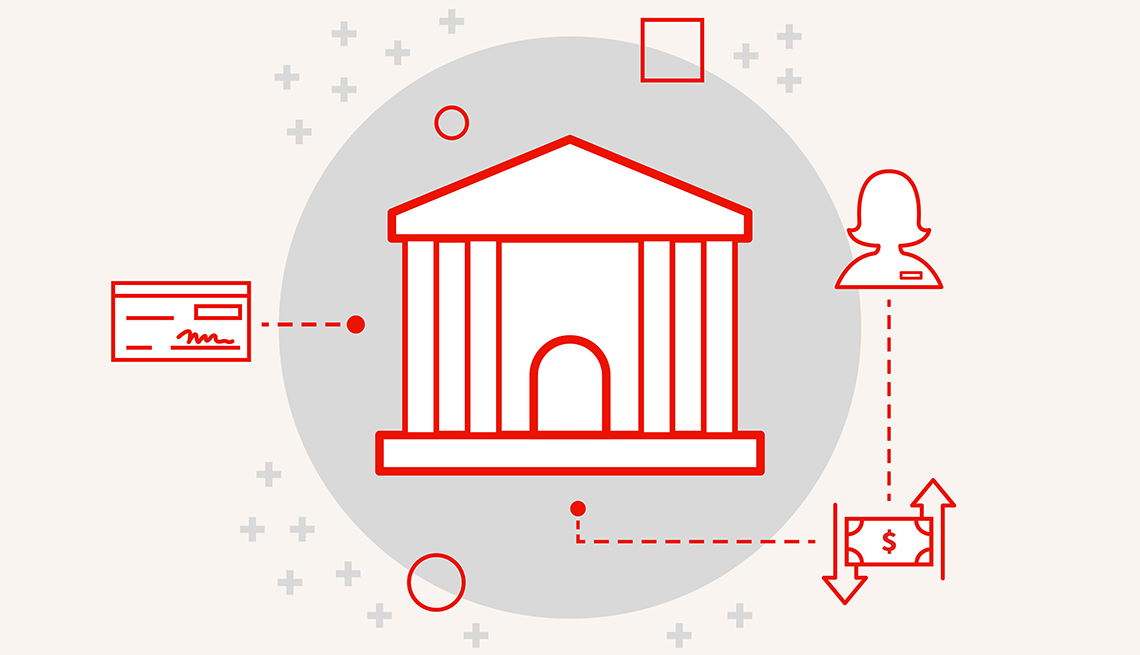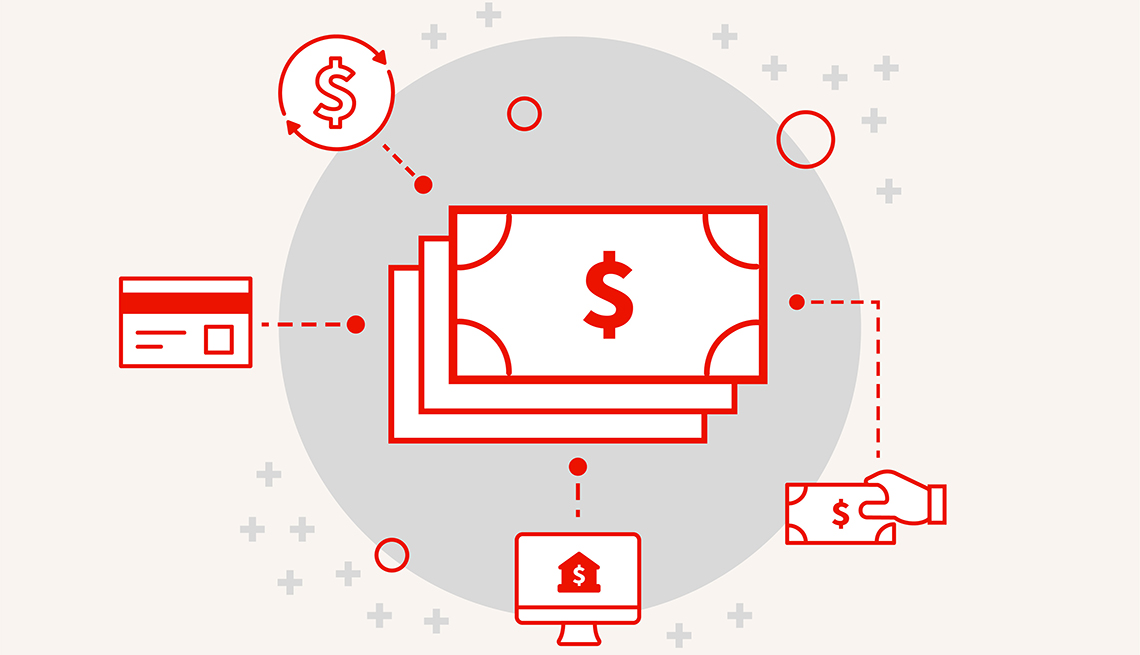Two banks in the United Kingdom, Lloyds and Barclays, received praise from their customers for providing additional time for transactions, verbally repeating statements for those with dementia, and offering to meet in a quiet place.
The most successful BankSafe-trained financial institutions, including HSBC and Wells Fargo Advisors, train all their employees starting from the top—the CEO, vice presidents, C-level executives, and compliance and risk officers. With established prevention programs, these financial institutions help protect their customers from becoming victims of exploitation and help staff recognize situations that need to be reported to Adult Protective Services.
After taking steps to improve accessibility, London-based Lloyds Banking Group saw a 60% reduction in complaints related to clients with dementia and their caregivers—and these steps earned over 18.3 million media impressions worth almost $1 million.
Two small community banks in Pennsylvania and Texas who trained frontline employees on preventing exploitation saved $1 million in deposits in the first year after the training.
Using data analytics, Barclays was able to identify 20,000 of its 15 million accounts as high risk for exploitation and is proactively helping these customers protect their assets.
Utah’s Bank of American Fork conducted outreach that generated 1 million media impressions in a state with just 3 million people


